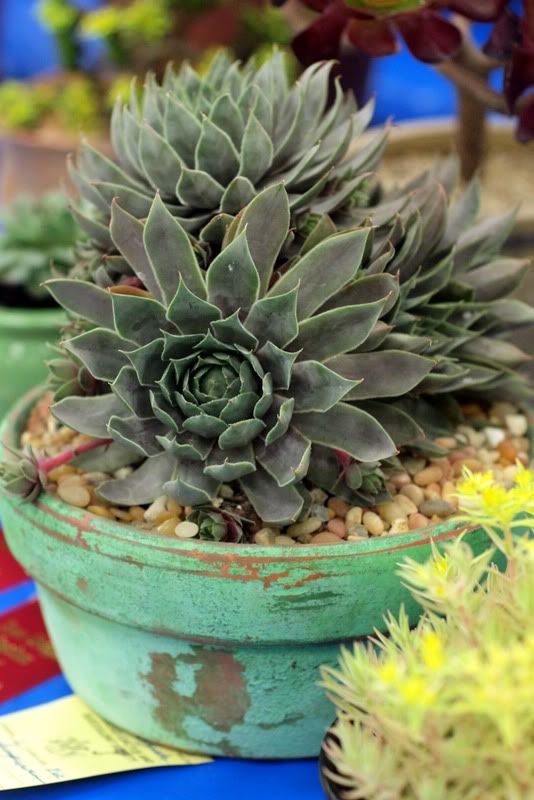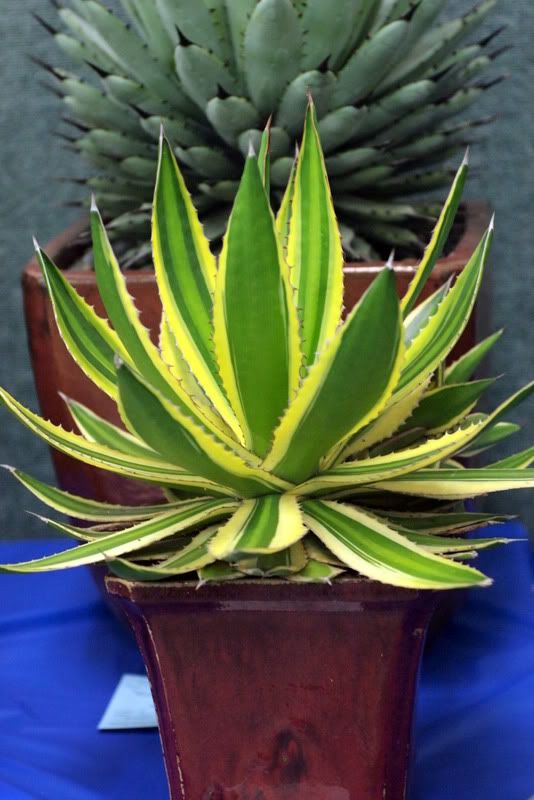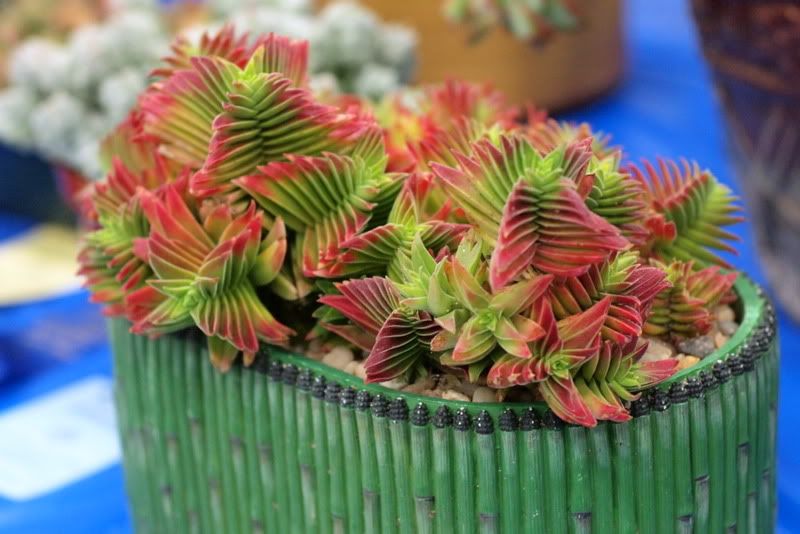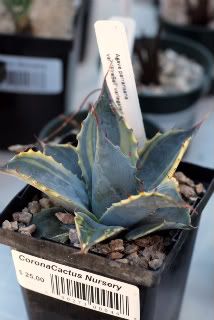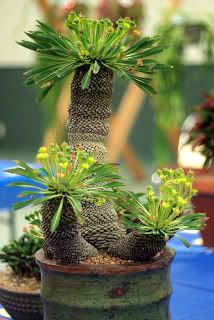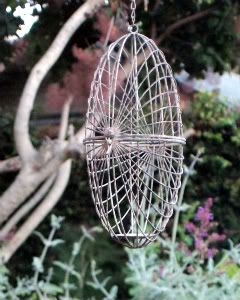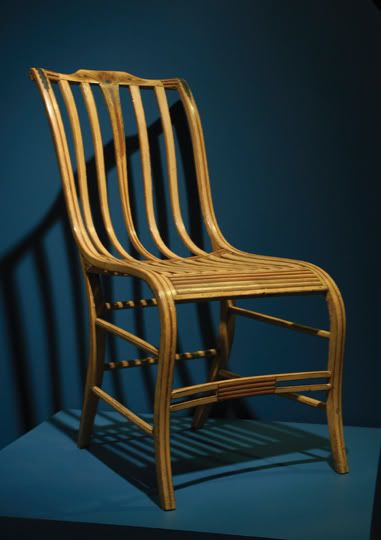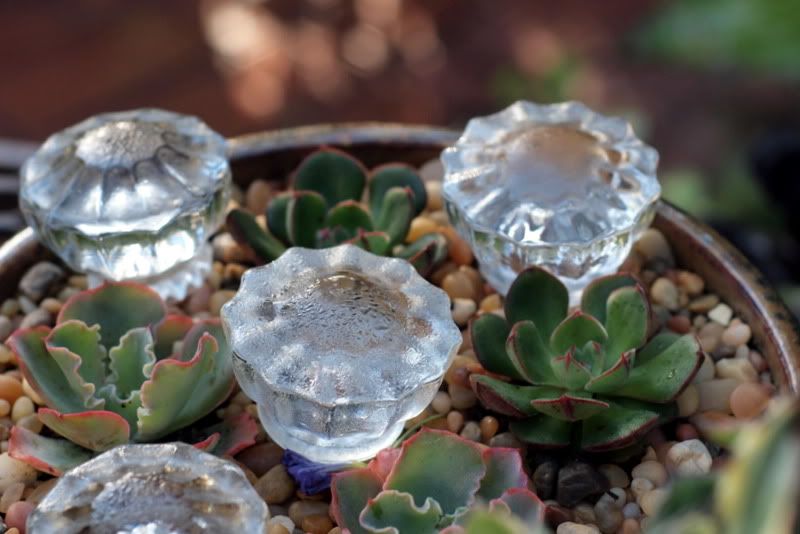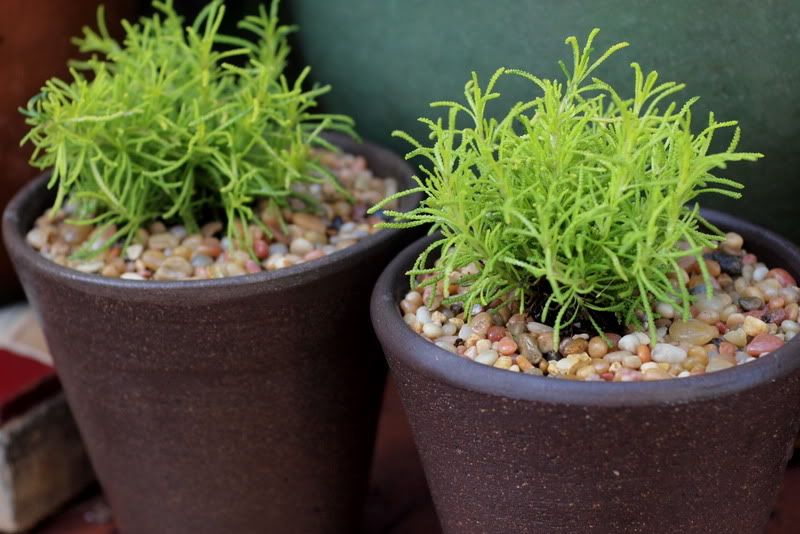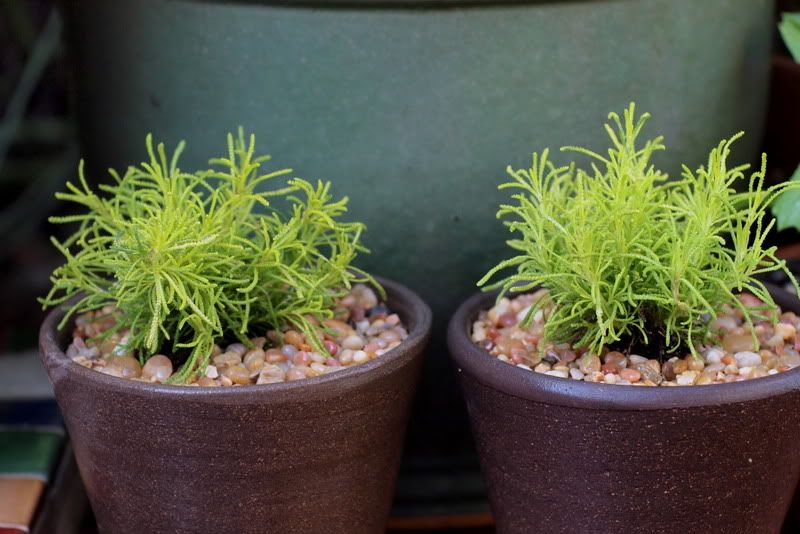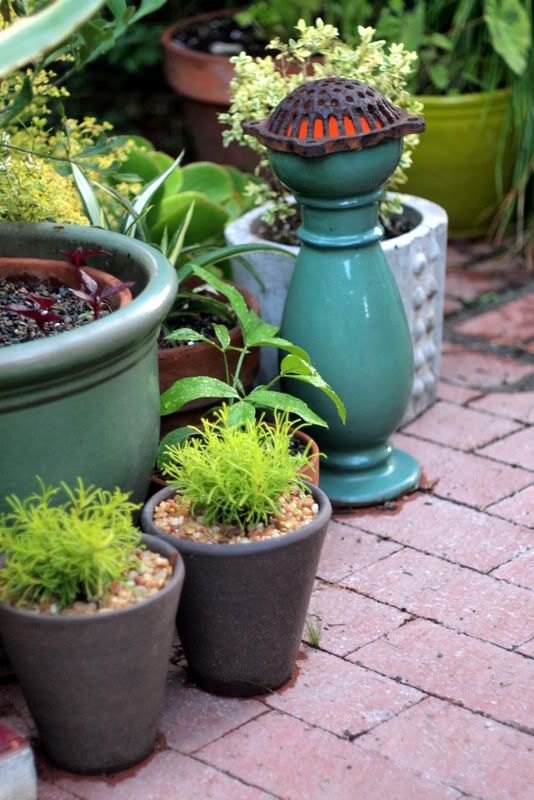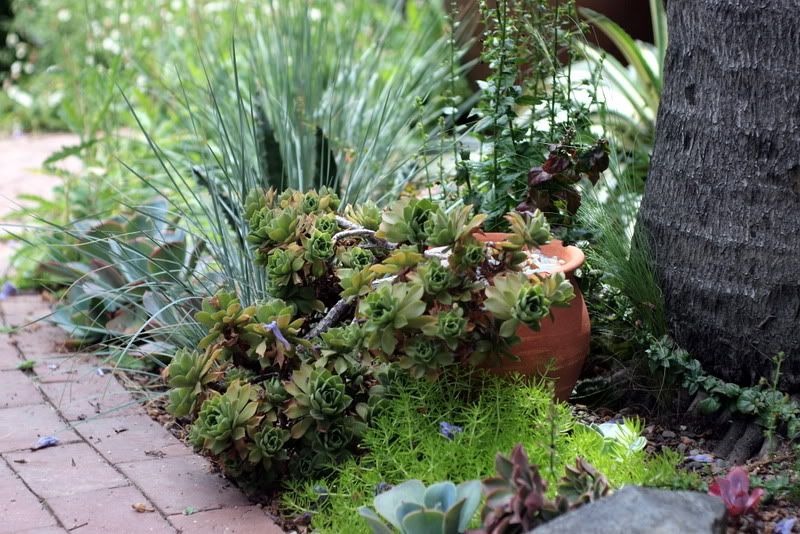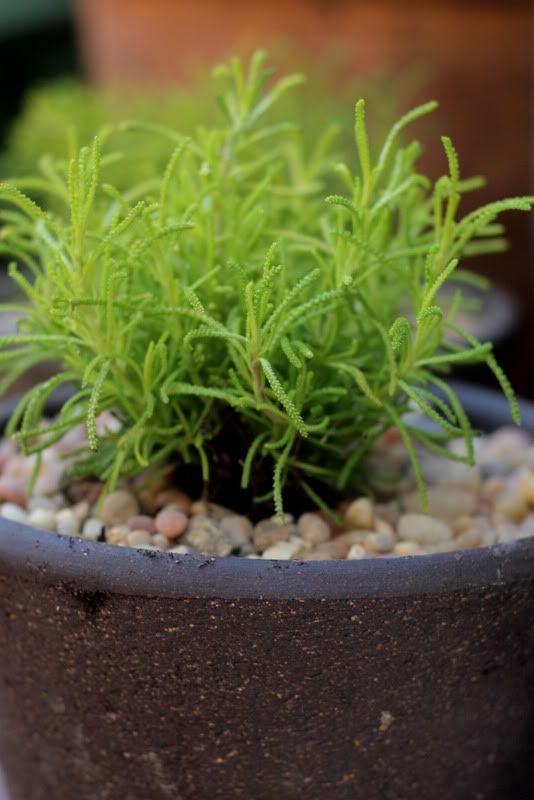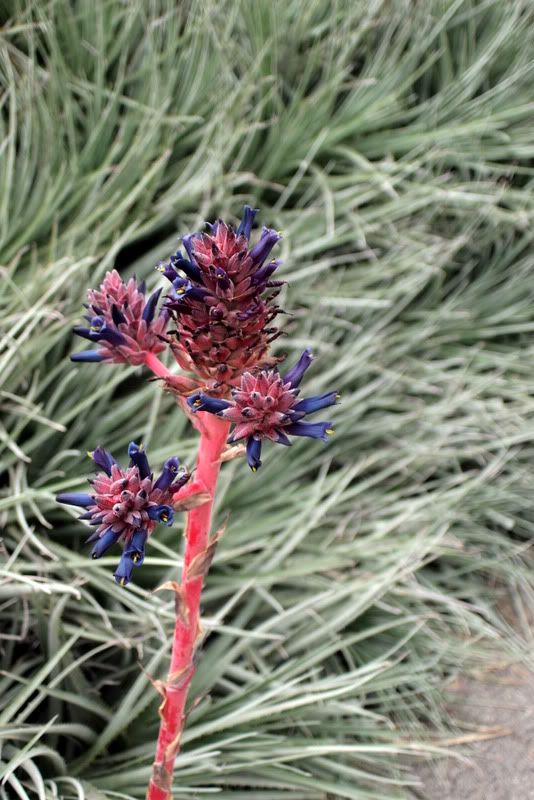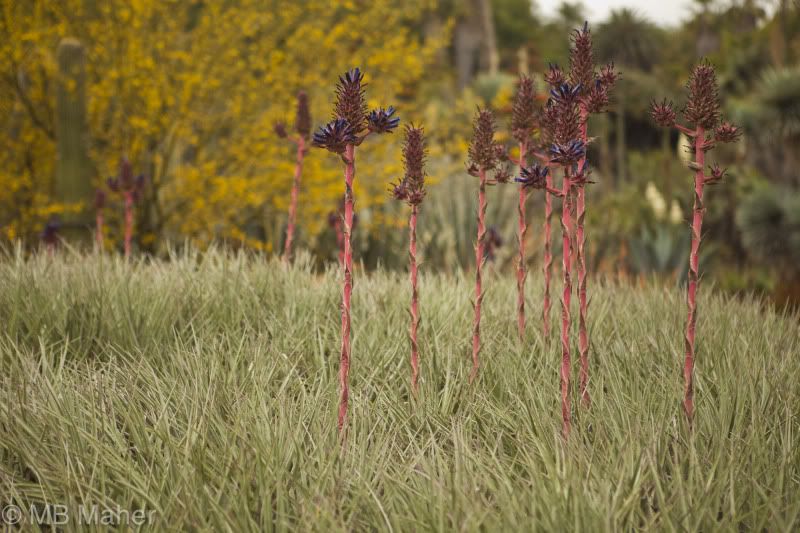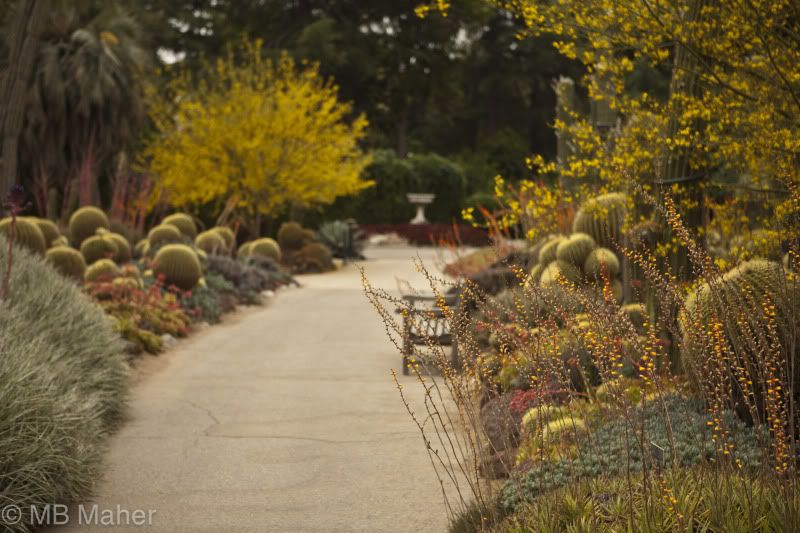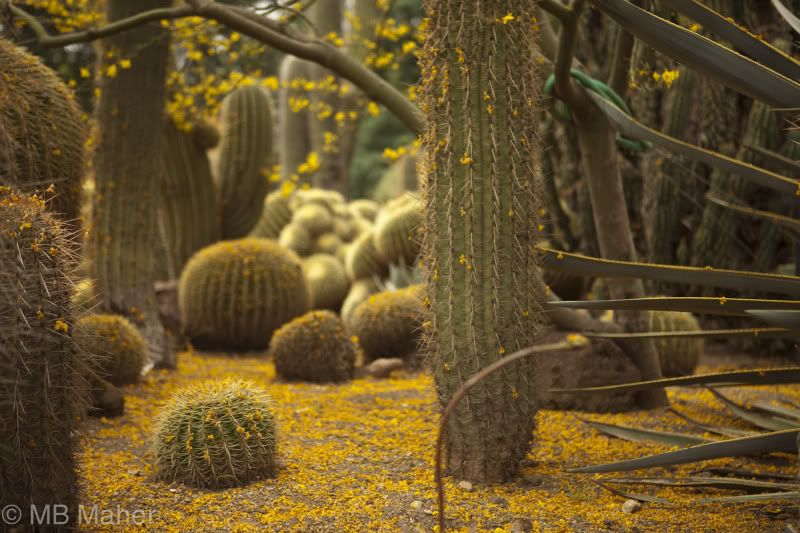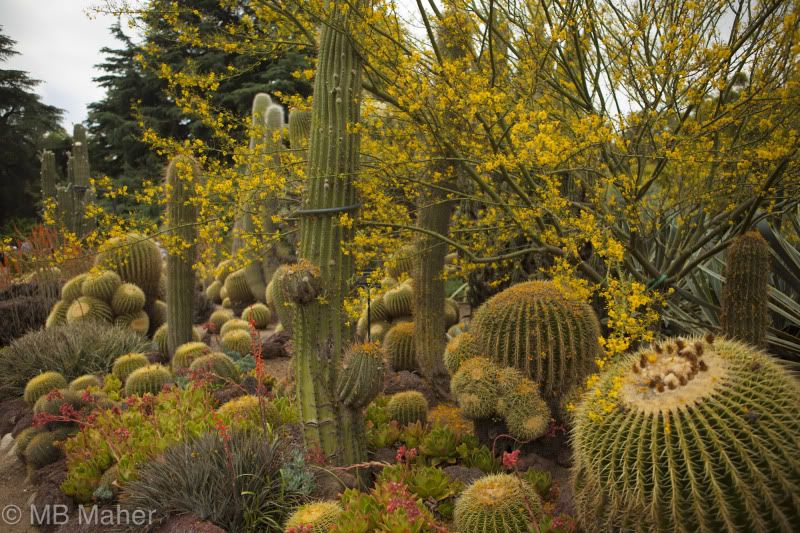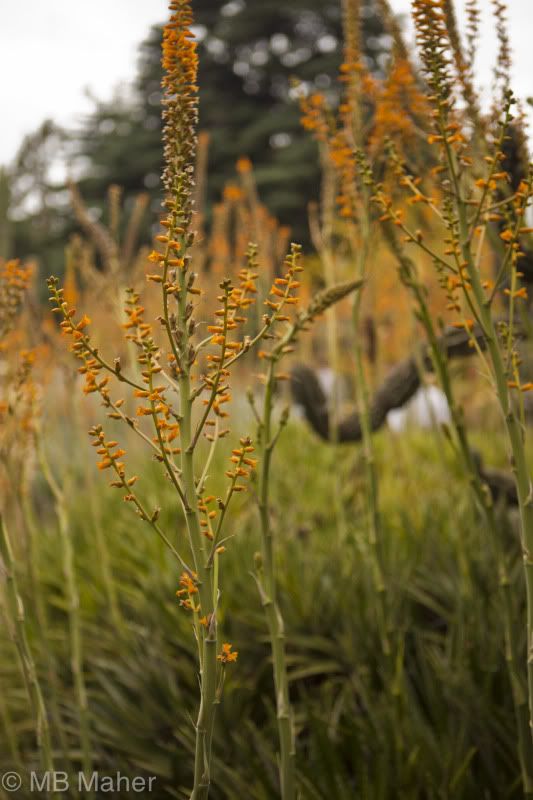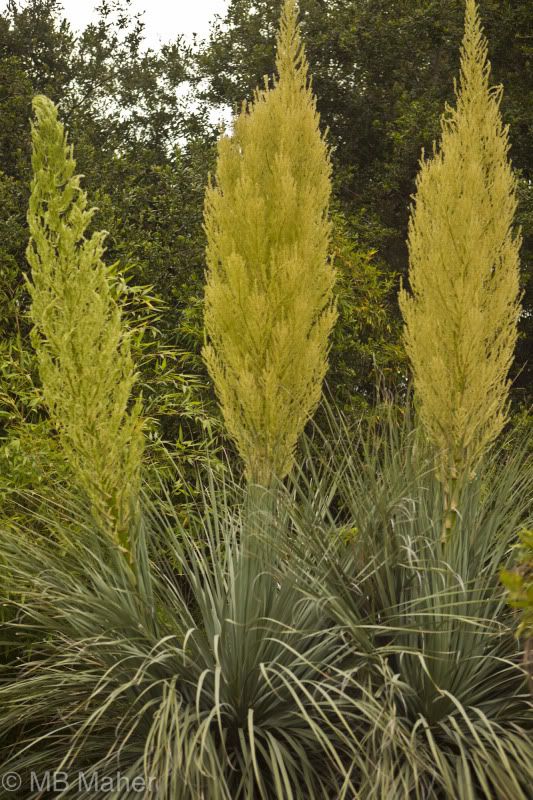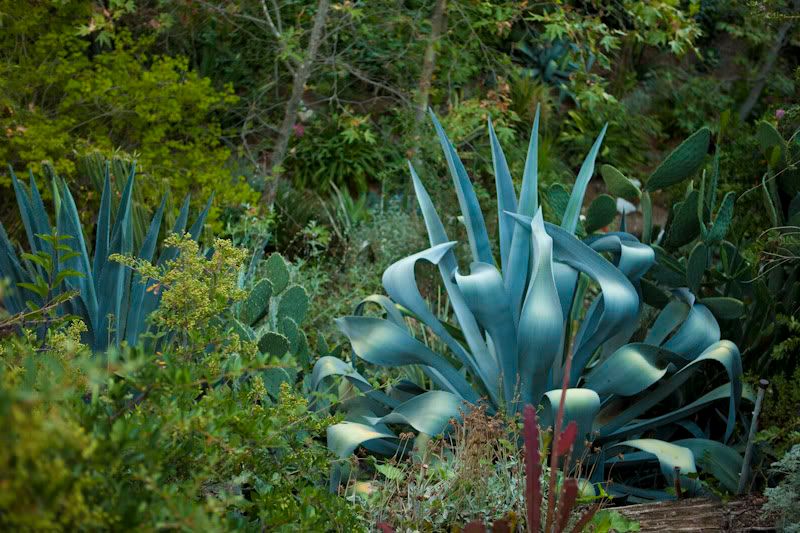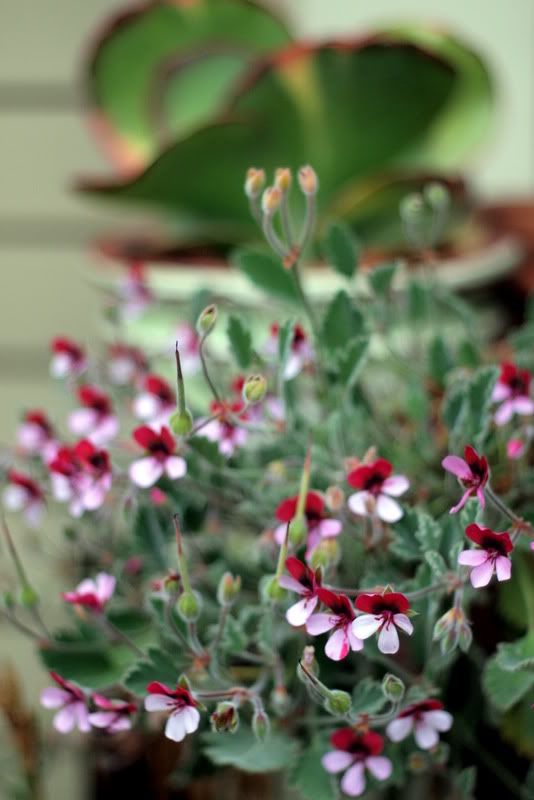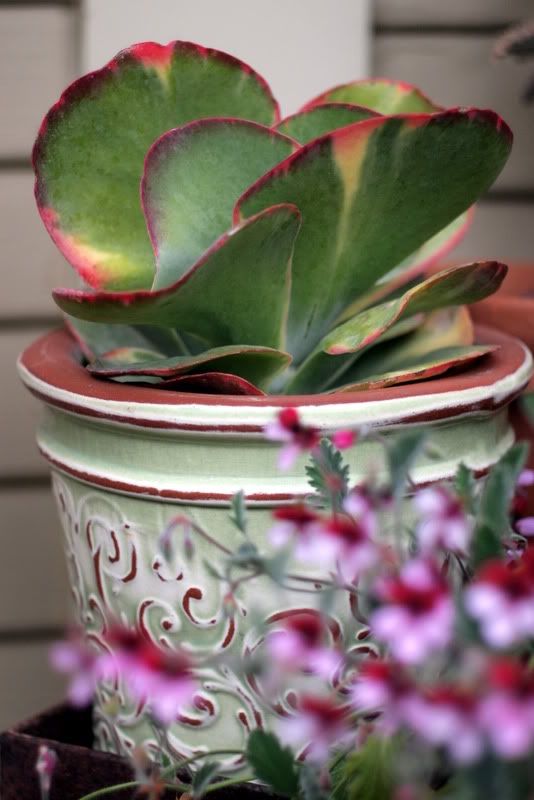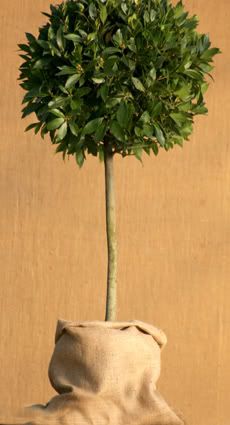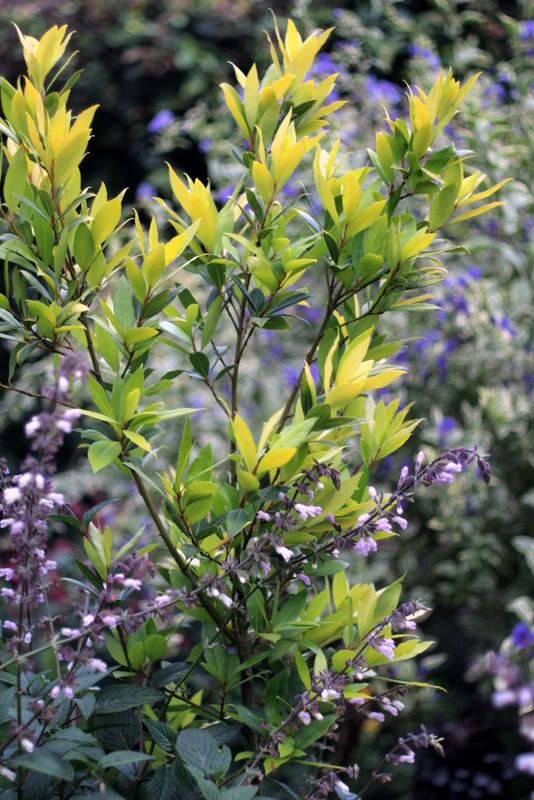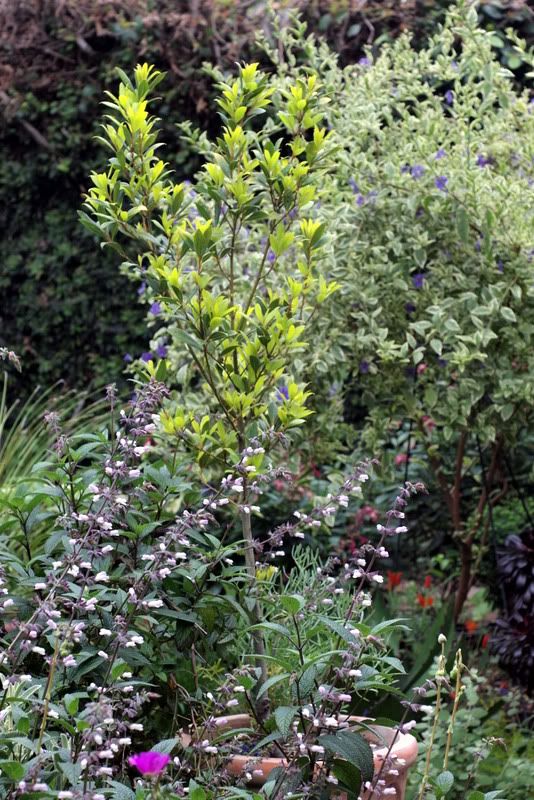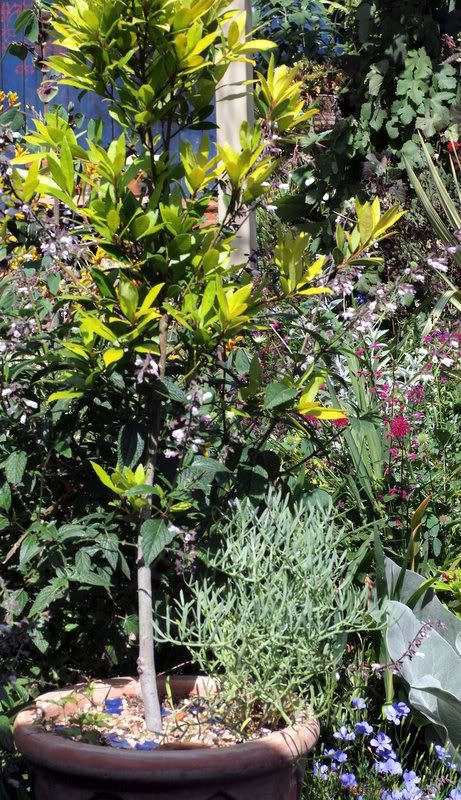Long Beach Water Department is leading by example to gently ease citizens out of the mindset that wants to seed or unroll mowable turf grass as the default landscape. Who else is better positioned to educate the public on alternative landscapes for those expansive lawns that just won’t cut it anymore on Southern California’s average rainfall of 15 inches a year? At their own offices, this is exactly what they’ve done. Nothing fancy, no prohibitively expensive hardscape to dash low-budget hopes, just old-fashioned, solid plantsmanship.
During some errands yesterday, I stopped by their offices on 1800 E. Wardlow in Long Beach, which are tucked quite a ways back from the road.
If it wasn’t for this Agave vilmoriniana waving at me, I might have driven right on by.
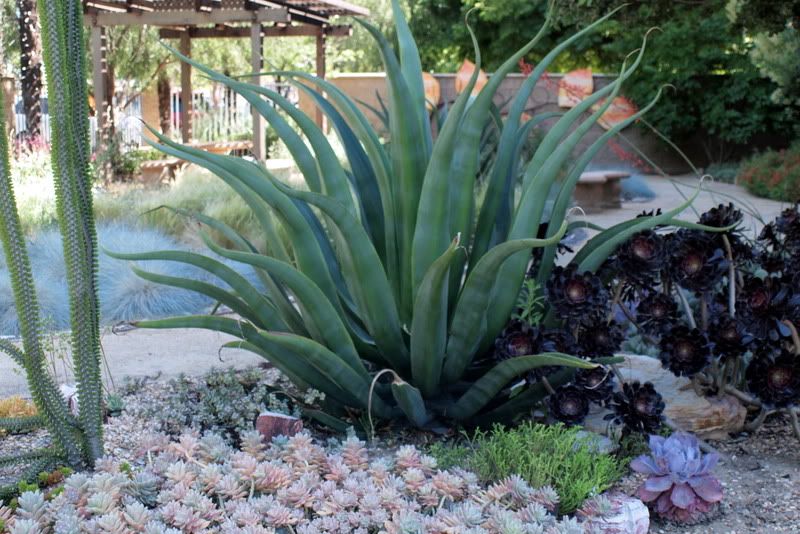
Thyme interplanted among pavers and possibly a yellow gazania. Unlike thyme, Dymondia magaretae tolerates foot traffic. Here bordered by grasses and gaura.
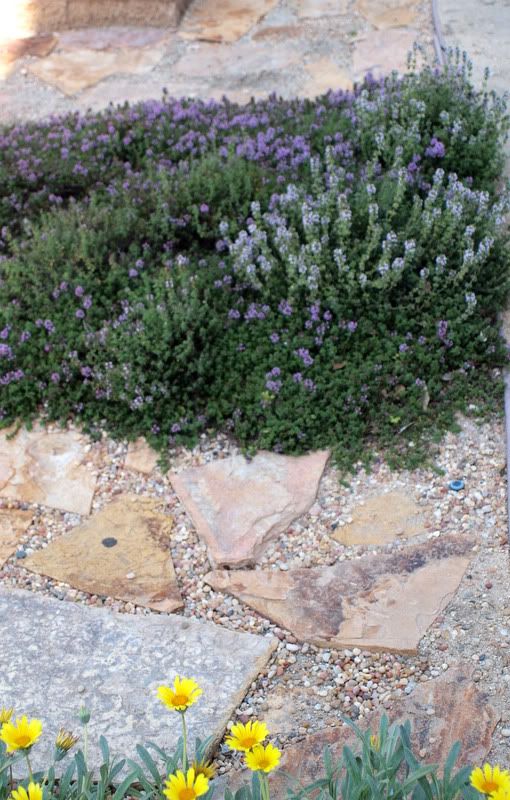
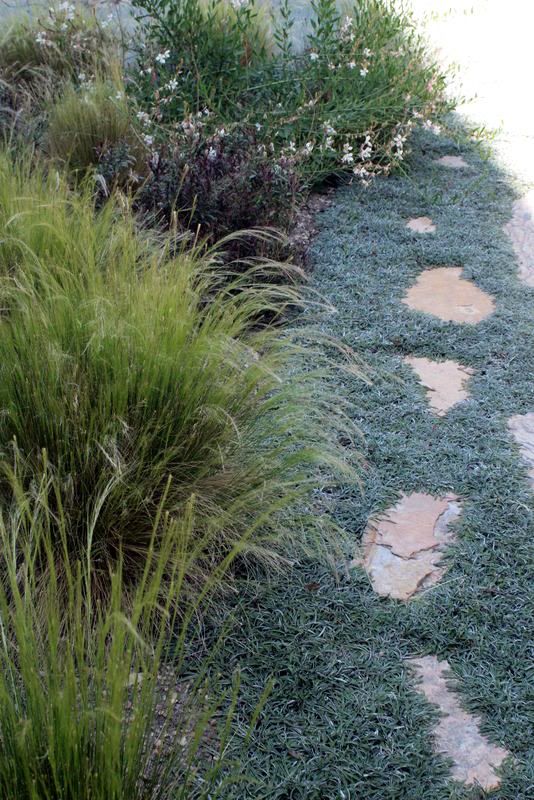
Dendromecon rigida with the beach aster, Erigeron glaucus, in the background, a line of newly planted dudleyas barely visible to the left.
Decomposed granite paths weave among the plantings.
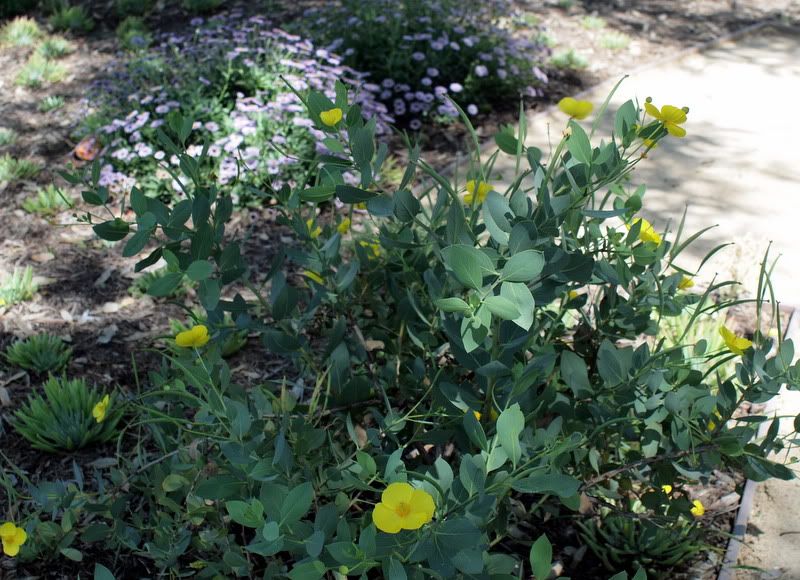
C’mon, men. Don’t mow your landscape, play with it. Drop the mower, put on a loincloth and build a cairn. You know you’ve always wanted to, but cairns just look silly on lawns and need to be surrounded by something windswept. Now grab a Guinness and admire your handiwork.

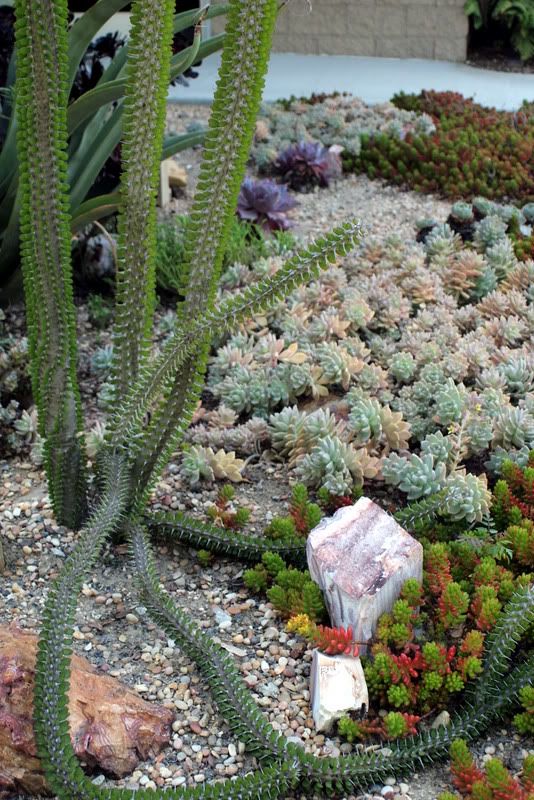
In the first photo above, grasses are a blue fescue and Stipa tenuissima, the latter getting the haircut treatment my husband gives ours in the parkway. Many Southern California designers are no longer utilizing this potentially invasive stipa, but you have to give it credit for its role as a gateway grass, building further interest in bunch grasses. As far as I can tell, it is universally beloved by all who see and touch it.
Second photo above: Ocotillo, Fonquieria splendens underplanted with Sedum rubrotinctum (‘Pork and Beans’) and Graptopetalum paraguayense (‘Ghost Plant’).
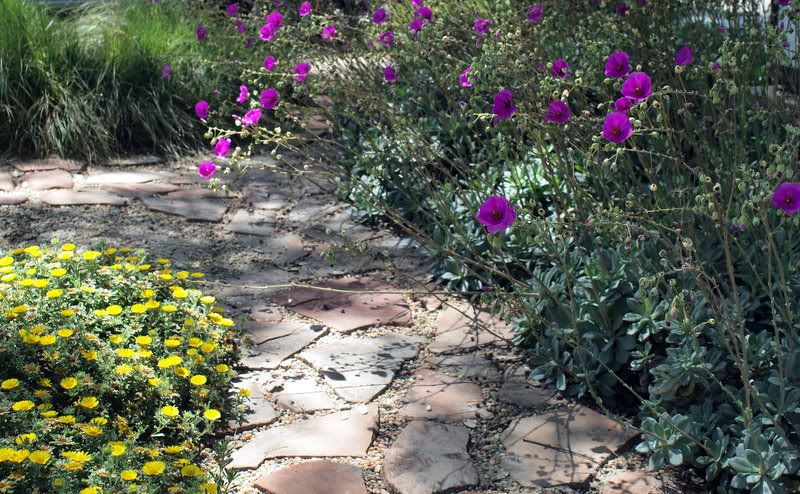
The plantings were a mix of natives and exotics, including the Chilean Calandrinia grandiflora, magenta flowers in the above photo, as well as the New Zealand sedge, Carex testacea not pictured. Some native plants that were not photographed included toyon, Heteromeles arbutifolia (fronted by a big planting of Lobelia laxiflora), Salvia clevelandii, Salvia spathacea, Agaves shawii and deserti.

